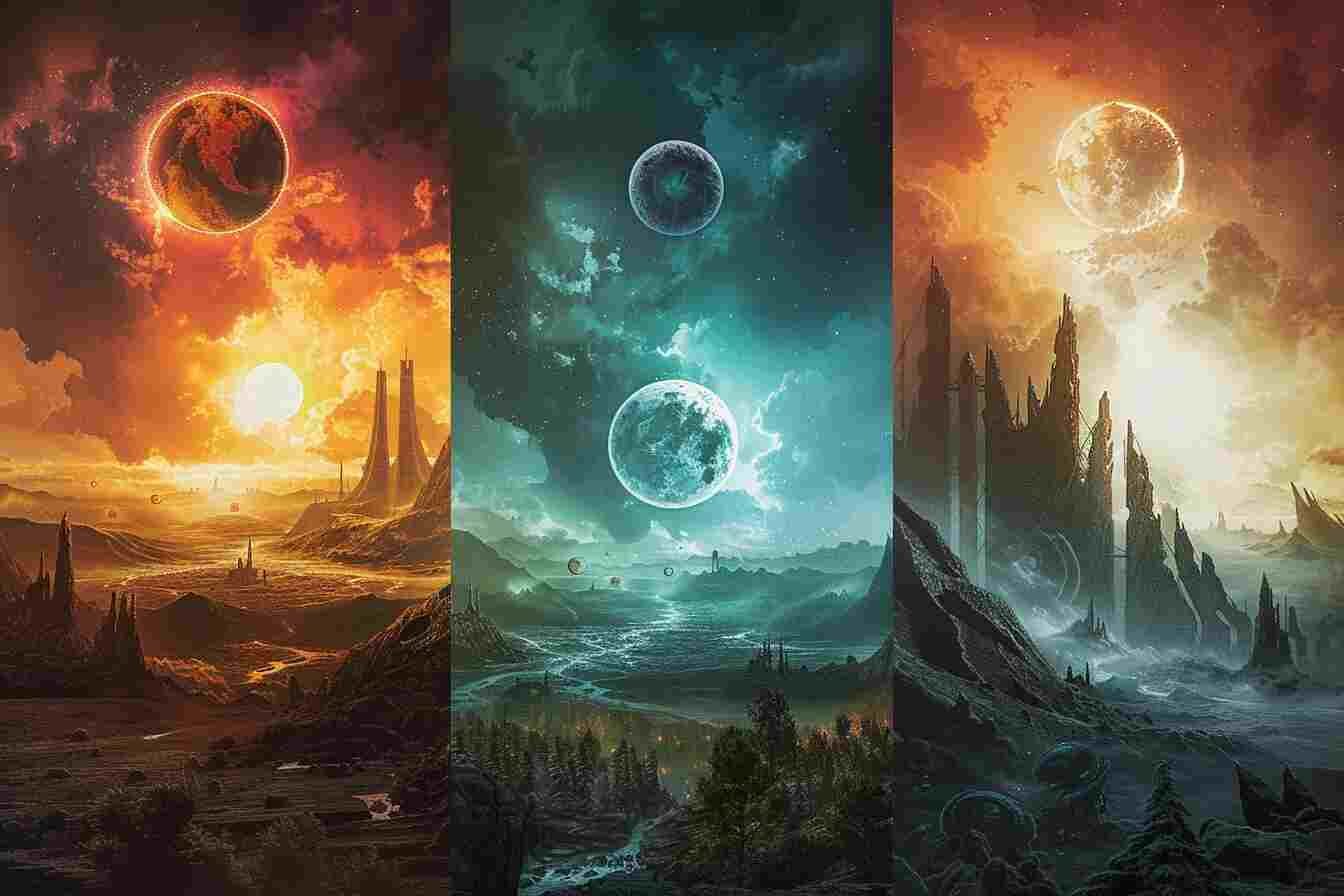The Easter
Easter is the feast of the resurrection of Jesus Christ on the third day after his Crucifixion. Easter is a significant Christian festival and holiday celebrating the resurrection of Jesus Christ from the dead, described in the New Testament of the Bible as having occurred on the third day after his crucifixion by the Romans at Calvary c. 30 AD. It marks the culmination of the Passion of Jesus, preceded by Lent (or Great Lent), a 40-day period of fasting, prayer, and penance.
According to the statements of the New Testament, the suffering, death and resurrection of Christ fell in a Passover week, the date of this moving main Jewish festival also determines the date of Easter.
The dates of the moving festive days of the Easter festival circle are also based on this.
Some Christian churches choose to practice the Fourth-Deciman Passover in conjunction with the Jewish Passover.
Easter period
Easter denotes not only a day but also a period in the church calendar extending from Easter Sunday to Pentecost, initially celebrated for forty days but now spanning fifty days to mark the Holy Spirit’s descent. This period begins with the Easter Octave in Roman Catholic tradition. It also concludes the Lenten season of prayer and preparation, starting forty days before Holy Thursday.
Celebrations and cultural elements
Easter incorporates both Christian and cultural elements, like the Easter bunny, eggs, and card exchanges, enjoyed by all. Originating from pagan spring festivals, customs like Easter eggs symbolize fertility, while the Easter bunny traces back to German immigrants. Celebrations include sunrise services, the Paschal greeting, and Holy Week activities, highlighting the Last Supper and Jesus’s crucifixion.
Read also: The History of Easter, Symbols and Traditions in Christianity
The resurrection of Christ
Since the second century, Easter, a central Christian celebration, remembers Christ’s Last Supper, Passion, and Resurrection. This period aligns with 15 Nisan, as detailed in the synoptic Gospels, though John places the crucifixion on 14 Nisan. References in the New Testament, including Paul’s letters and Acts, affirm Jesus’s death, resurrection, and post-death appearances.
Early Christian practices varied; Syriac Churches celebrated on Passover, seeing Christ’s death as the Paschal sacrifice, while Rome chose the following Sunday to emphasize resurrection.
Paul’s epistles, sermons, and Peter’s letters in the Acts of the Apostles mention that Jesus died on the cross, was resurrected by God, and that the apostles and many other witnesses saw him appear after his death.
In 387, Epiphanius of Salamis described differing Easter observances, including fixed-date celebrations in Cappadocia on April 8 (March 25), though he preferred April 13 (March 20), disputing other dates based on different interpretations.
The History of Easter, Symbols and Traditions in Christianity
Easter holiday calender
Easter holiday dates vary each year, falling on the first Sunday after the full moon that occurs on or after the spring equinox:
- 2021 Sunday Apr 4
- 2022 Sunday Apr 17
- 2023 Sunday Apr 9
- 2024 Sunday Mar 31
- 2025 Sunday Apr 20
- 2026 Sunday Apr 5
- 2027 Sunday Mar 28
- 2028 Sunday Apr 16
- 2029 Sunday Apr 1
- 2030 Sunday Apr 21
- 2031 Sunday Apr 13
Easter traditions
Since its origins, it has been a time of celebration and feasting and many traditional games and customs developed, such as egg tapping egg rolling, pace egging, cascarones or confetti eggs, and egg decorating.
Today this period is commercially important, seeing wide sales of greeting cards and confectionery such as chocolate eggs as well as other foods. Even many non-Christians celebrate these features of the holiday while ignoring the religious aspects.
Who brings the eggs on Easter Day?
On Easter Day, the tradition is to hide chocolate eggs in the apartment or the garden for the children to look for.
- In Catholic countries, it is the Easter-bells that bring back the eggs from Rome.
- In Germanic and Nordic countries, it is the hare or the rabbit that places them in the gardens. He was the emblematic animal of the goddess Astre whom the Saxons honored in spring and of the fertility and spring goddess Ostara in Germanic country. She gave her name to Easter and has remained associated with the Easter holidays.
- In Tyrol, the hen brings the eggs, the cuckoo in Switzerland, the stork in Alsace.
Today that tradition has spread to public parks. Chocolate eggs are hidden there for the children.
What journey do the Easter bells take?
Around the 7th century, the Church forbade ringing the bells between Maundy Thursday and Easter Day: the bells therefore remained silent during the death of Christ until the day of his resurrection.
The legend, in certain Catholic countries and in particular in France, wants that, on the evening of Holy Thursday, the bells go to Rome and ring on Easter morning to announce the resurrection of Christ.
Where does the Easter lamb come from?
In France and in many European countries, lamb is on the menu for Easter Sunday meals. He recalls the Lamb of God who gave his life for the salvation of the world. The lamb in a figurative sense is Jesus sacrificed. The lamb is also the symbol of the “Risen Christ”.
Why do we treat ourselves to and decorate eggs at Easter?
During the forty days of Lent, it was forbidden to eat eggs. However, these can only be kept for 20 days. In mid-Lent, we therefore got into the habit of eating them by making pancakes or bugnes so as not to lose them. The same good economic sense made it commonplace from the Middle Ages to treat yourself to decorated eggs on Easter Day.
The egg gave birth to many customs
The Russian, Greek and Romanian Orthodox Churches have been distributing dyed eggs during the Easter celebration since the 5th century, in the West the Christian tradition of eggs dates back to the 12th and 13th centuries.
At the courts of England and France, kings offered decorated eggs, sometimes with gold leaf, to their courtiers. In 1884, Pierre-Karl Fabergé made an egg ordered by Tsar Alexander III for his wife. Fabergé made 50 eggs considered today to be masterpieces of jewelry.
In the 18th century, in France, we started to empty a fresh egg and fill it with chocolate. Then we made chocolate eggs.
Sources: PinterPandai, Britannica, Almanac
Photo credit: São Paulo Museum of Art / Wikimedia Commons
Photo explanation: Resurrection of Jesus Christ, painted by Raphael, 1502. Read also: Most Famous Paintings in the World
Palm Sunday: Unveiling Its Spiritual Significance and Observances



